Is Infiniti's Variable Compression Turbo the Holy Grail of Power and Efficiency?
It was 1998 and my friend Tom had just picked up a 1991 Eagle Talon TSI AWD.
“Ok, go ahead and floor it, but don’t rev it past 5,000 rpm,” Tom said.
I mashed the throttle and … nothing happened.
We were moving, but it was at the pace of a Toyota Corolla and nowhere near the rate of acceleration promised by the 2.0-liter turbo’s claimed 195 horsepower.
Disappointed, I left my foot on the throttle for a few seconds. Suddenly, I heard the whistle of the spooling turbo and a sudden shove of boost kicked in.
Four-cylinder turbo engines from the ‘90s were all similar to this. While they generated relatively big power at the top end, they also suffered from massive turbo lag and had fuel economy similar to a much larger V8.
Nissan’s new Variable Compression Turbo engine promises big power, minimal turbo lag, and decent fuel economy using some new trickery.
Is this the holy grail of turbocharged motors?
Why it matters
Infiniti’s introduction of its Variable Compression Turbo (VC-T) engine at the Paris Auto show was the big engine technology news from last month. Infiniti claims its new engine generates superior power and fuel economy compared to similar four-cylinder turbocharged motors.
The perfect turbo motor would have a low compression ratio to prevent knock and enable big power when the turbo was feeding it copious amounts of atmosphere, then switch to a high-compression ratio when off-boost to promote fuel economy and responsiveness.
We’ve been talking about variable compression engine designs for decades. The ideal pairing for a variable compression engine is with a turbocharged motor as it can take advantage of the low compression ratio to generate power without compromising fuel economy.
The closest OEM to production previously was Saab, which had a working prototype turbocharged 1.6-liter five-cylinder engine in 2000 known as Saab Variable Compression (SVC). The SVC engine was fairly complicated and had the entire head pivot on the crankcase to vary compression. Saab had a long history with turbocharged four-cylinder engines and this looked like the next development. Unfortunately for Saab, GM took over the company in 2000 and, as a result of shared engines with GM, the SVC engine was never put into production.
Nissan’s VC-T is a completely different design.
Originally filed as a patent in 2001, Nissan has worked on the technology for over a decade. The variable compression system works by varying the cylinder stroke. A complex, multi-link system changes the length of the stroke depending on the angle of a diamond-shaped center link, which is rotated by an actuator controlled by an electric motor. Using this system, the compression ratio can be changed between 8:1 to 14:1 in less than 1.5 seconds. The linkage does add some weight to the design; Nissan’s engineers have admitted that it’s probably 25-pounds heavier than a comparable fixed compression engine.
When he's not writing about cars, Henry is driving his GTI to construction sites and transporting his kids to preschool. Henry is a professional engineer, road biker, marathon runner, and lives in Vancouver, Canada.
More by Henry Leung
Latest Car Reviews
Read moreLatest Product Reviews
Read moreRecent Comments
- Theflyersfan I used to love the 7-series. One of those aspirational luxury cars. And then I parked right next to one of the new ones just over the weekend. And that love went away. Honestly, if this is what the Chinese market thinks is luxury, let them have it. Because, and I'll be reserved here, this is one butt-ugly, mutha f'n, unholy trainwreck of a design. There has to be an excellent car under all of the grotesque and overdone bodywork. What were they thinking? Luxury is a feeling. It's the soft leather seats. It's the solid door thunk. It's groundbreaking engineering (that hopefully holds up.) It's a presence that oozes "I have arrived," not screaming "LOOK AT ME EVERYONE!!!" The latter is the yahoo who just won $1,000,000 off of a scratch-off and blows it on extra chrome and a dozen light bars on a new F150. It isn't six feet of screens, a dozen suspension settings that don't feel right, and no steering feel. It also isn't a design that is going to be so dated looking in five years that no one is going to want to touch it. Didn't BMW learn anything from the Bangle-butt backlash of 2002?
- Theflyersfan Honda, Toyota, Nissan, Hyundai, and Kia still don't seem to have a problem moving sedans off of the lot. I also see more than a few new 3-series, C-classes and A4s as well showing the Germans can sell the expensive ones. Sales might be down compared to 10-15 years ago, but hundreds of thousands of sales in the US alone isn't anything to sneeze at. What we've had is the thinning of the herd. The crap sedans have exited stage left. And GM has let the Malibu sit and rot on the vine for so long that this was bound to happen. And it bears repeating - auto trends go in cycles. Many times the cars purchased by the next generation aren't the ones their parents and grandparents bought. Who's to say that in 10 years, CUVs are going to be seen at that generation's minivans and no one wants to touch them? The Japanese and Koreans will welcome those buyers back to their full lineups while GM, Ford, and whatever remains of what was Chrysler/Dodge will be back in front of Congress pleading poverty.
- Corey Lewis It's not competitive against others in the class, as my review discussed. https://www.thetruthaboutcars.com/cars/chevrolet/rental-review-the-2023-chevrolet-malibu-last-domestic-midsize-standing-44502760
- Turbo Is Black Magic My wife had one of these back in 06, did a ton of work to it… supercharger, full exhaust, full suspension.. it was a blast to drive even though it was still hilariously slow. Great for drive in nights, open the hatch fold the seats flat and just relax.Also this thing is a great example of how far we have come in crash safety even since just 2005… go look at these old crash tests now and I cringe at what a modern electric tank would do to this thing.
- MaintenanceCosts Whenever the topic of the xB comes up…Me: "The style is fun. The combination of the box shape and the aggressive detailing is very JDM."Wife: "Those are ghetto."Me: "They're smaller than a Corolla outside and have the space of a RAV4 inside."Wife: "Those are ghetto."Me: "They're kind of fun to drive with a stick."Wife: "Those are ghetto."It's one of a few cars (including its fellow box, the Ford Flex) on which we will just never see eye to eye.



















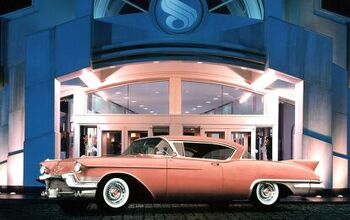

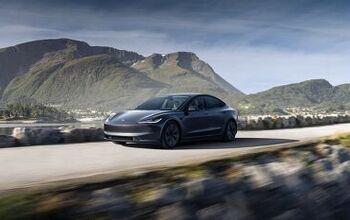








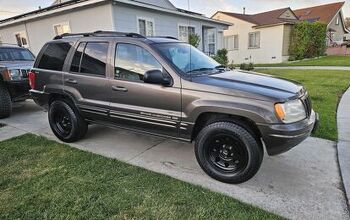
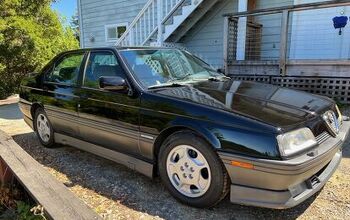
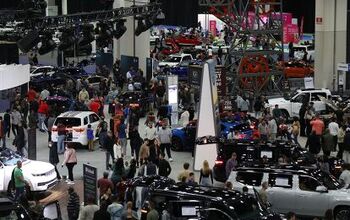
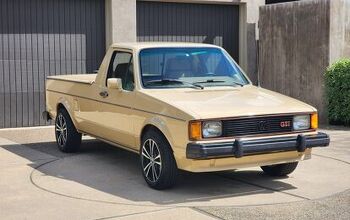
Comments
Join the conversation
So… 25% better economy than their gas hog V6. Really swinging for the fences at Nissan, aren't they? Maybe I'm a fool but the numbers just didn't seem that impressive. A little more HP & torque, basically the same MPG, doesn't really scream "a decade's worth of innovation". You guys probably know by now I'm always gonna pine for a diesel, emissions be damned, but… in an SUV they really do make more sense. They have the torque to pull those square boxes along nicely and still get ~25-30 mpg average, which seems to be better than the units in the comparison box with this article.
I have yet to see anything about what the top end of the engine is. I'm betting that it's low. All that reciprocating mass. I'm also wondering whether with all that reciprocating mass also makes for a rough running unit. We haven't heard anything yet from a journalist who's driven one. I'm waiting.